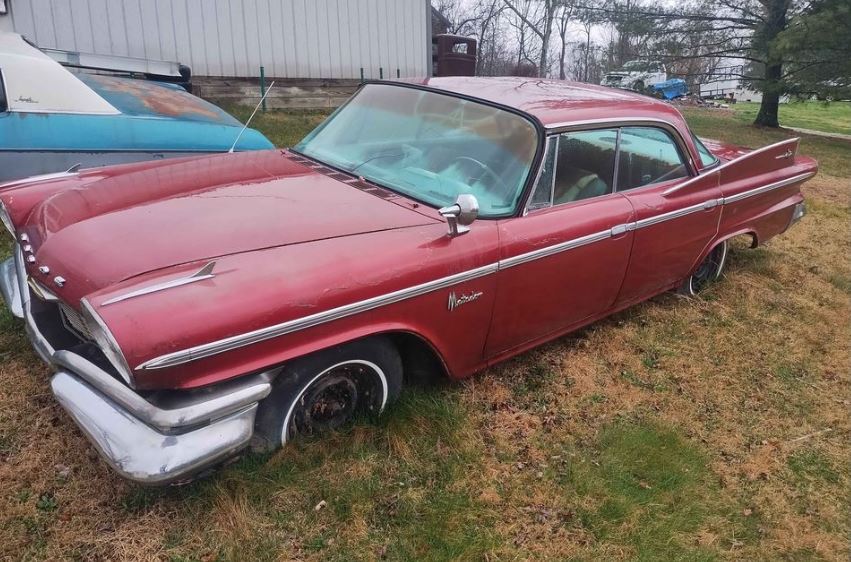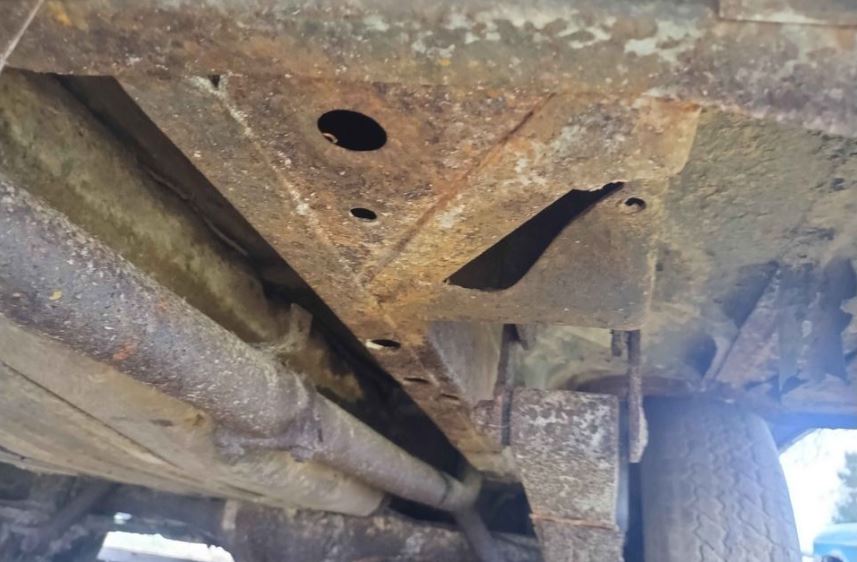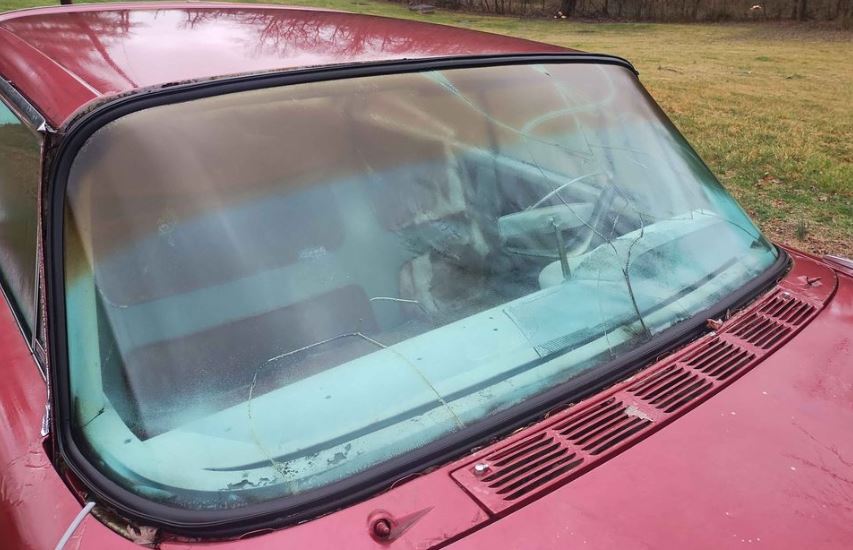Whenever we hear the name Matador, we usually think of the vehicles AMC produced from 1970 to 1978. But did you know that Dodge used the same nameplate a full decade before American Motors did? It happened in 1960 when Dodge slapped the “Matador” badge on the full-size that replaced the iconic Coronet.
The company overhauled nearly its entire automobile line in 1960. Not only did it drop the long-running Coronet, but the Custom, Custom Royal, and Lancer models were also sent into the history books. Additionally, Chrysler decided to take Plymouth cars away from Dodge dealers, so the division had to develop a low-priced replacement.
All told, Dodge introduced three brand-new nameplates for the 1960 model year. The Plymouth-based Dart took over entry-level full-size duties, while the Polara became the range-topping model. The Matador, which used the 122-inch wheelbase platform of the Chrysler Windsor and Newport, slotted right between them.
Much like its predecessor, the Matador was offered in a variety of body styles, including two- and four-door hardtops, a four-door sedan, and a station wagon. But while the Dart was immensely popular and moved more than 300,000 units, the Matador was a slow seller. With only 27,907 examples delivered, about 15,000 less than the more expensive Polara, the Matador was dropped after only one model year in showrooms.
Come 2024, the Matador is one of the lesser-known Dodge nameplates. And because its quirky design didn’t age well with many enthusiasts, most Matadors are rotting away in barns and junkyards. If you haven’t seen one yet, this red four-door is for sale as we speak in McConnelsville, Ohio.
Parked in a yard long enough for the wheels to sink a few inches into the ground, this Matador looks much better than most examples I’ve seen over the years. It doesn’t have significant rust issues, and it’s still in one piece. While this rig may have been repainted at some point, the three-tone interior appears to be original.
The V8 engine may have also survived unaltered. Unfortunately, the seller doesn’t provide any info aside from the fact that it’s a 361-cubic-inch (5.9-liter) V8 paired with an automatic gearbox. Rated at 295 horsepower, it was the Matador’s base mill. The full-size was also offered with a 383-cubic-inch (6.3-liter) V8 good for 325 horsepower. The unrestored engine “tries to start.”
Essentially a solid project for restoration, the four-door hardtop carries a $4,500 sticker. That’s not much for a Matador in this condition, even though a full restoration would set you back more than you would get from selling it afterward. Matadors don’t show up for sale very often, but a restored and highly original wagon crossed the block for $41,800 in 2023.
Restored Polaras and Darts from the same model year carry similar prices, although some examples have changed hands for more than $50,000. What I do know for a fact is that this restoration would have to be a labor of love.


